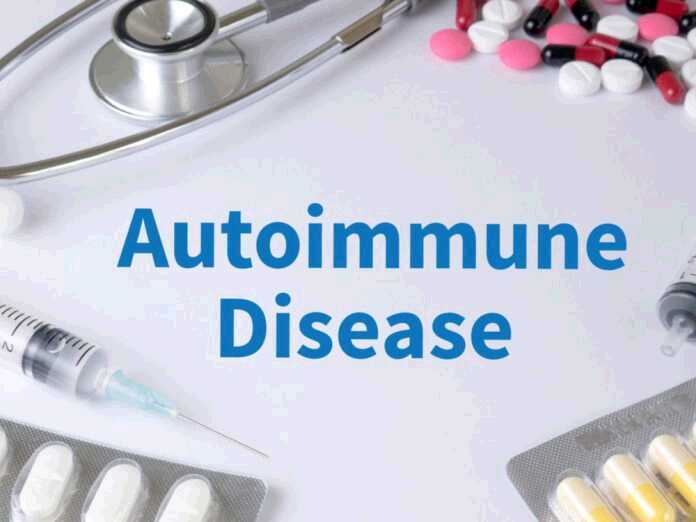
Researchers at Yale University have improved the health of mice with markers of autoimmune disease. But more than that, they’ve taken a look into the process that might be responsible for autoimmune disease – and that’s incredibly hopeful. And yes, bacterial involvement in autoimmune diseases looks very likely. But while they pretty clearly play a role, they’re not playing the hero.
The Study
The research, published in Science, was conducted on mice, with additional testing on human cells in vitro (e.g., in a Petri dish). These mice were genetically susceptible to autoimmune disorders.
Researchers had identified a gut pathobiont, Enterococcus gallinarum. A pathobiont is an organism that can potentially become pathogen, i.e. destructive. But it’s generally in a symbiotic (mutually beneficial) relationship with its host.
One factor implicated E. gallinarum in participating in the development of autoimmune disorders. It had been found in the biopsies taken from autoimmune patients (human patients).
So the study was looking at the effect of E. gallinarum on these susceptible mice.
The Results
The mice did develop autoimmune disease, evidence for bacterial involvement in autoimmune diseases. And what’s more, researchers discovered:
- Gut barrier disintegration (E. gallinarum would need to get past the gut barrier to escape into other parts of the body)
- Evidence of a hijacked immune system (autoimmune immune system cells in the liver, gut, and lymph organs)
- The big news.
The Big News
When the scientists gave the autoimmune diseases mice vancomycin, an antibiotic, they got better. They survived. And the autoimmune condition improved. So it seems the apparent cause of autoimmune disorders (in this instance) can be controlled or eliminated with antibiotics. And it’s strong evidence that, at least for those mice, it was the E. gallinarum that was the culprit.
E. gallinarum was only found in the livers of humans with autoimmune disease. It wasn’t found in the livers of those without. So it’s looking as if this particular little bacterium may be the one.
Conclusion
It’s a hopeful sign. Because if science does find bacterial involvement in autoimmune diseases? Then the next step will probably be much easier – killing it.






























